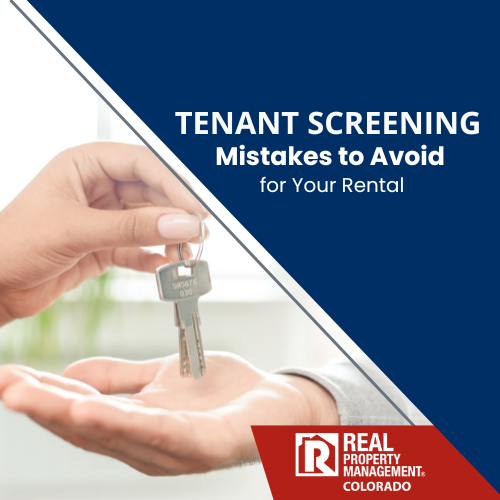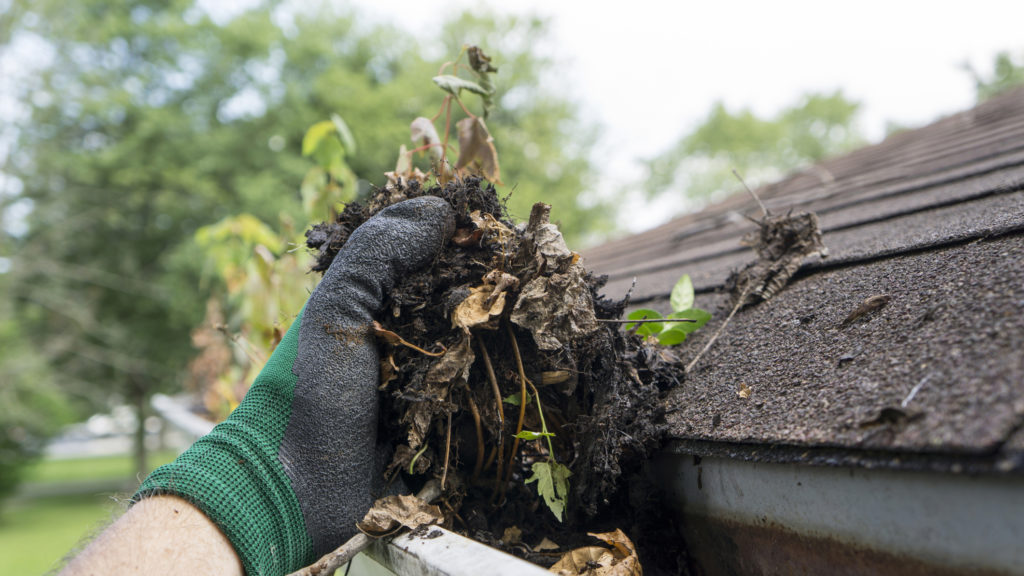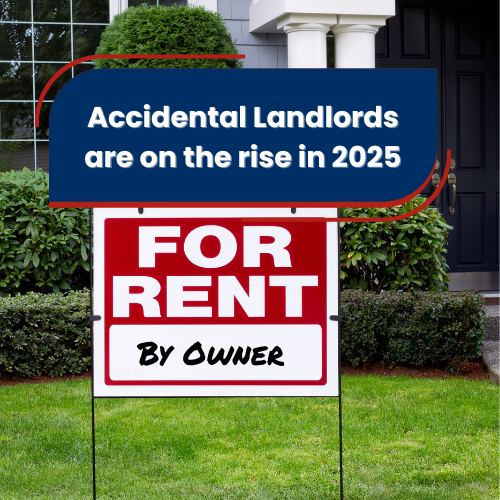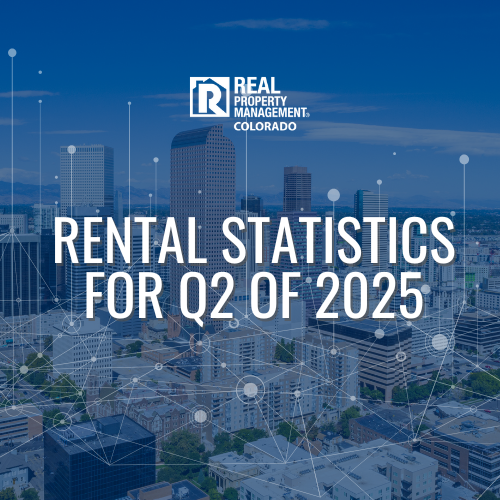As the age-old saying goes, knowledge is half the battle. Learning from real-life experiences is great. Learning from someone else’s and avoiding the same mistakes entirely is even better. So why not stay on the proactive side of things when it comes to evaluating rental property insurance policies? Real Property Management Colorado has been around for over a decade, helping thousands of rental property owners with their properties, which means we’ve seen a thing or two. So to help you succeed, here are five key considerations from real-life experiences:
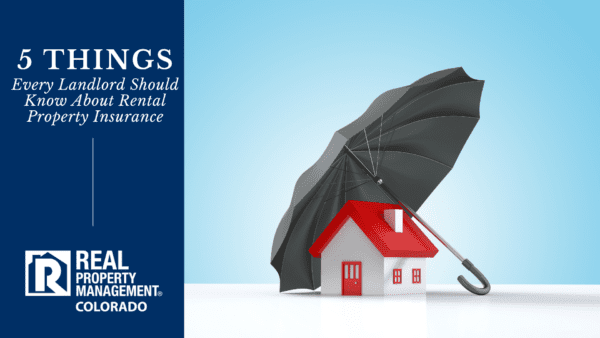
1) Replace Your Homeowner’s Policy with a Rental/Landlord’s Policy
Homeowner’s policies are, you guessed it, for homeowners. It’s meant to cover damage to your primary residence, not one you rent out. In some cases, if the landlord fails to update their coverage or notify their insurance provider that the property is a rental, the provider may choose to deny coverage or claims. Rental or Landlord’s insurance is designed to cover the risks and possible damage associated with using your property as a rental. It generally covers the physical structure and liability-related needs required for proper coverage. The big thing to note is that it does not cover the tenant’s personal belongings. They’ll need their own coverage for that. Make sure to speak with your insurance agent about your current policy to ensure it meets the right requirements for your property.
2) Make Sure Vacancies are Covered
Some policies don’t cover properties that aren’t currently occupied. This poses a substantial risk in the event damage occurs during any vacancy periods. Review your policy with your insurance agent to verify that your property is covered in between tenants and for extended vacancy periods.
3) Choose Replacement Cost Over Actual Cash Value
We all like to save a few bucks when it comes to insurance policies. However, in this circumstance, it’s better to choose replacement cost over actual cash value for replacement costs and coverage. Going by “actual cost value” can allow the insurance provider to depreciate certain items and, therefore, reduce the amount of damage they’ll actually cover and pay out for. Let’s say your rental property’s basement floods, ruining the carpet completely. In an “actual cash value” scenario, they might look at the fact that your carpet is over seven years old and has $0 value and will, therefore, not be covered. Replacement cost might cost a little more on your premium but can be worth it in the long run. Ask your insurance agent about which provides the better solution for your needs.
4) Ask About Vandalism or Theft Coverage
Not all policies cover vandalism or theft, especially if the property is vacant. Employing a professional property manager like Real Property Management Colorado is one safeguard to help reduce this risk. Having the right coverage for your rental is another. Ask your insurance agent about whether these scenarios are covered by your policy and if they apply when the home is vacant, too.
5) Review Your Policy Annually
A lot can happen in 12 months. Policy requirements change. Regulations tighten down or add further requirements to landlords and rental properties. Rents increase. Tenants move out and new ones move in. Your property’s needs can change, especially as it ages, which means the same for its coverage needs. For these reasons and more, it’s important to regularly review and update your rental insurance policy to ensure adequate and continuous coverage.
Why live and learn when you can learn now and live without the costs (both financial and mental) of finding out the hard way you don’t have the right level of coverage for your rental? Take these five tips into consideration and review your current policy for your rental with your insurance agent now.


